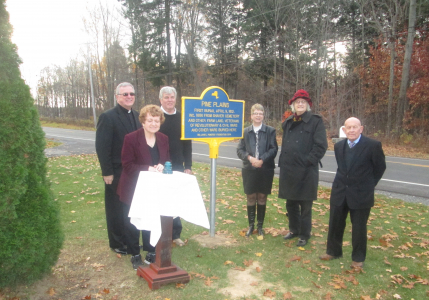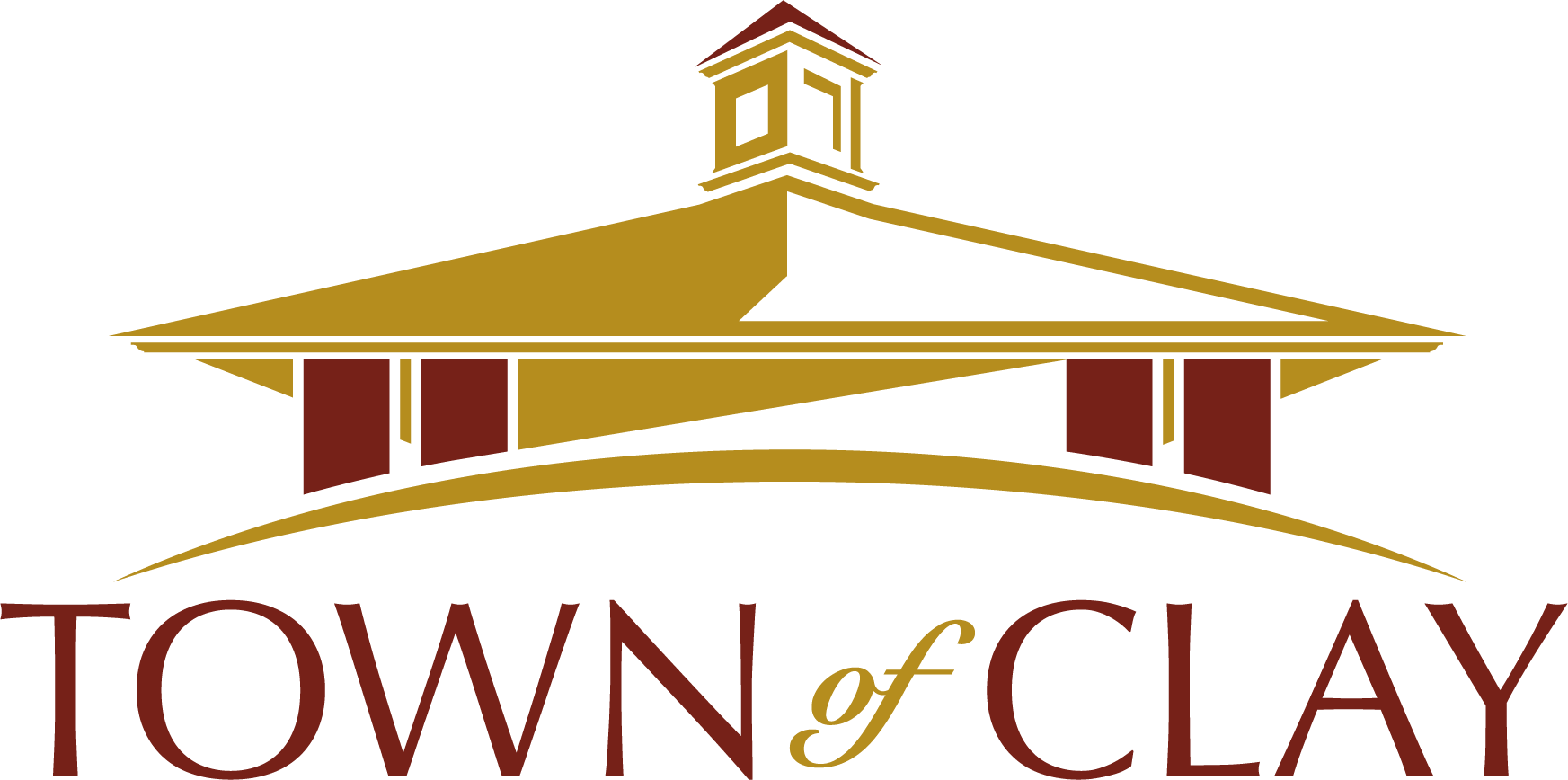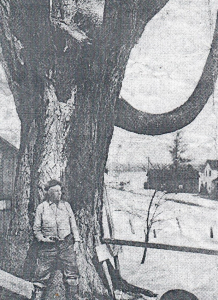History of Clay Political PartiesPosted on November 13, 2017 |
HISTORY OF CLAY POLITICAL PARTIES
The earliest recorded mention of political parties since the founding of Clay was from a New York State Legislature report on its naming. The citizens of Clay in 1827 petitioned the State Legislature to create a town from the western portion of Cicero to be called “Bolivar,” probably after the famous South American revolutionary general, Simon Bolivar. However, there was already a Bolivar in the state so the Legislature named the town Clay after the statesman, Henry Clay without consulting the town’s citizens. At that time, Democrat Clay wasn’t even an elder statesman but was in the center of a split within the Democratic Party involving the Jacksonian Democrats and the Whigs. This may have been a move by Henry Clay supporters. The Whig supporters in Clay petitioned the Legislature to rename the town “Euclid,” but this never happened and the name stuck. Maybe out of revenge, the adjacent town was named Van Buren in 1829 after Martin Van Buren, a fierce opponent of Henry Clay.
In the 1830’s, there was a split in the Democratic Party between the Traditional and Jacksonian Democrats involving the Whigs. Some of the town’s prominent people at this time were staunch Democrats including Nathan Soule, Henry Cronkhite and James Little but many of the town’s first supervisors were Whigs. As a member of the newly formed Democratic Party, in 1831 Nathan Soule stood by President Andrew Jackson during the “Nullification Crises,” a confrontation between South Carolina and the Federal Government over tariffs during which South Carolina Threatened to secede. A mixture of diplomacy and threats of military force eventually persuaded South Carolina to back down.
By the 1840’s and 1850’s, Democrats made some progress. In 1848, James Little, a prominent Clay politician, was elected the first known Democrat supervisor; and again in 1854-1855 and served in the New York State Assembly. Nathan Soule served Clay as State Assemblyman and Judge, pushing through a controversial bill criminalizing usury. Henry Cronkhite was elected town supervisor in 1851 and 1853.
Beginning in the 1840’s, the issue of slavery grew enormously. With the advent of the Mexican-American War, vast new territory was being added to America and the Great Plains were being settled rapidly. Many Americans, including Democrats, didn’t want slavery allowed in these territories or at least let the citizens decide for themselves. Other issues such as restriction of alcohol, women’s rights and the economic differences between the north and south drove a wedge through all the Parties. These divisions caused the Democratic Party to splinter into many small groups. In 1847 when the first splinter groups broke with the mainstream Democratic Party, Nathan Soule, a long-time Democrat signed a resolution calling for unity in the Party. But feeling betrayed by the pro-slavery movement in the Party by 1853, he formed the Free Democratic Party and ran for State Treasurer under the Party’s new name, Independent Democratic Party. They were an anti-slavery, pro-reform splinter group of the Democratic Party.
The forming of the New York State Republican Party was due to in part by many Democrats like Nathan Soule. The passage of the Kansas-Nebraska Act in 1854 paved the way for the expansion of slavery. Nathan was a delegate to the Anti-Nebraska Convention where it was proposed that they prepare for war with the south. Nathan stated that Christian principles were the foundation of the anti-slavery cause. Because he was willing to sacrifice his political allegiances for his moral beliefs, he proposed instead a new state-wide party be formed called the Republican Party at the state convention in Saratoga Springs. It didn’t pass but, Wisconsin had already formed one. They didn’t give up and in 1855 as Vice-President of the Onondaga Convention, he was sent to the Whig Convention, also in Syracuse, where he convinced them to unite with the Republicans in their anti-slavery cause. This elevated the Republican Party to a major political party. In 1856, a National version of the modern Republican Party was formed in Pittsburgh, thanks largely to the unrecognized efforts of men like Nathan Soule. James Little, the first Democratic Clay Supervisor, also joined the Republican Party in 1860.
During the Civil War, the Democrats continued to be divided. Peace Democrats advocated ending the War by making concessions to the southern states and convincing them to rejoin the Union. The War Democrats were supportive of the War but not always of President Lincoln but many joined the Republican Party. To get the support of Democrats, the Republicans called themselves the “Union Party”. Lincoln even picked a Democrat from Tennessee, Andrew Johnson, to be his running mate. The strategy worked and they won a sweeping victory in Clay and elsewhere.
A resident of Euclid, Randolph Phillips ardently supported the Republicans and Abraham Lincoln in 1860, campaigning extensively, served in the 12th New York infantry in 1861 and participated in local recruitment rallies in 1862. However, by 1864, he had turned against the War and endorsed Democratic candidate former general George B. McClellan for President. He felt that a change in administration was necessary to save the Union and bring Peace to the nation. He wrote a letter to the chairman of the County Democratic Committee asking for literature to distribute not only to Democrats but to his former Republican associates to get the young people involved to save New York and America.
After the Civil War, Clay was mainly dominated by Republican candidates, remnants of Abraham Lincoln’s influence. In the 1870’s and 1880’s there was an equal mix of both parties, political participation was high, minor differences in party platforms and elections were close. When the 1890’s brought popular Republican Presidents Willliam McKinley and Theodore Roosevelt, Democrats lost their power. Democratic supervisors were elected in 1917 and 1921. Between 1922 and 1953, two Republicans held the office, Frank Sotherden and Walter Sleeth. In 1958, Leonell Seguin was the last Democratic Supervisor elected. As for the Town Board, in 1969, Don MacLaughlin was the last Democrat Town Councilor.
What does 2017 hold for Clay’s local elections?
Dorothy Heller, Historian
10-20-2017
Other
History Mysteries

Pine Plains Cemetery History
History Mystery | Apr 16, 2021
HISTORY MYSTERY: Pine Plains Cemetery History


